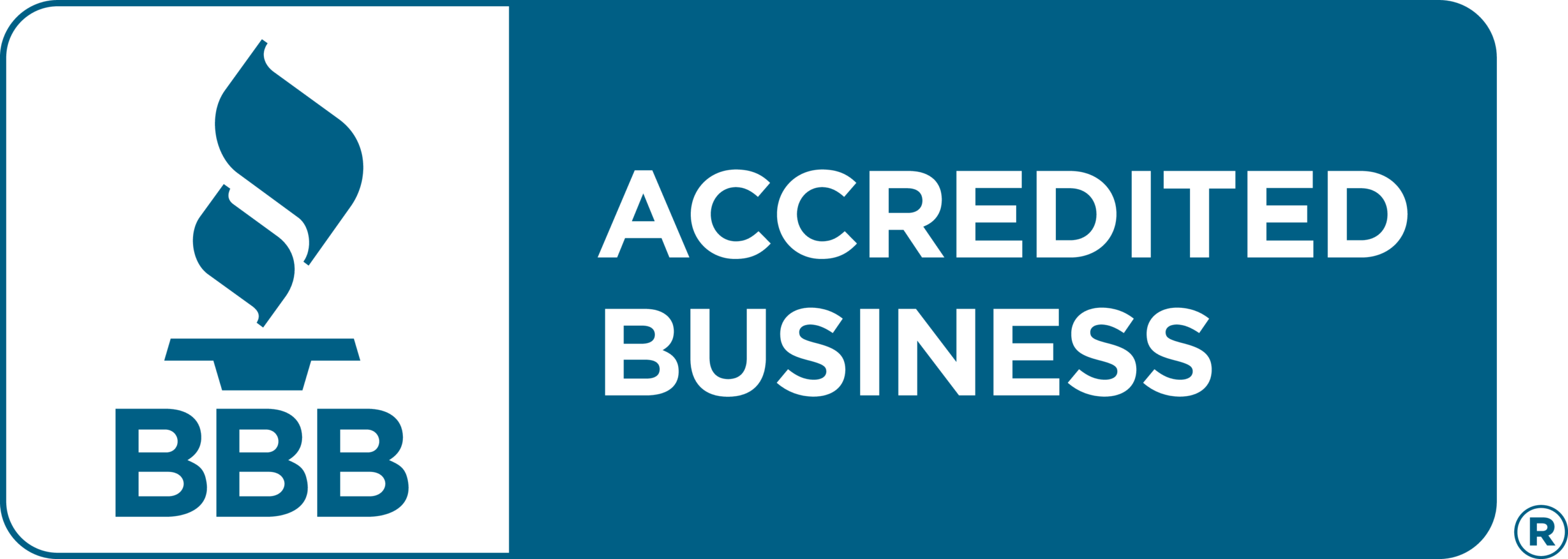The Section 86 rollover is a provision in Canadian tax law that offers a pathway for taxpayers to defer tax liabilities during the exchange of shares within a corporation. This mechanism facilitates the restructuring of corporate ownership without the immediate tax consequences typically associated with such transactions. The article will review the legal framework, eligibility criteria, and practical implications of Section 86 rollover.
Insight Law Professional Corporation is a business law firm located in Toronto. If you are seeking guidance from a corporate lawyer for your section 86 rollover, contact us to see how our firm can help you.
What is Section 86 Rollover?
A Section 86 Rollover in Ontario is a tax rule that helps business owners change their company’s share structure without triggering immediate taxes. It allows a shareholder to exchange old shares for new ones in the same company without paying capital gains tax right away.
This is useful when reorganizing a business, bringing in new investors, or passing a company to family members. The tax is deferred until the new shares are sold in the future. To qualify, the exchange must be fair market value, and the new shares must replace the old ones. This strategy helps businesses grow and transition smoothly while avoiding unnecessary tax burdens.
To qualify for the rollover, the shares exchanged must differ in some rights or restrictions, such as voting rights or dividend entitlements. The shareholder and the corporation must adhere to legal and procedural requirements, including completing specific forms to elect this tax-deferred treatment with the Canada Revenue Agency (CRA).

Legal Framework
Section 86 of the Income Tax Act (R.S.C., 1985, c. 1 (5th Supp.)) provides the legislative foundation for the rollover. This section specifically addresses the exchange of shares by a shareholder in a corporation for shares of another class in the same corporation. The provision allows such exchanges to occur on a tax-deferred basis under certain conditions, thereby preventing the immediate realization of a capital gain or loss at the time of the exchange.
What Is The Purpose Of Section 86 Rollover?
Section 86 rollover under the Canadian Income Tax Act primarily facilitates corporate restructuring or estate planning activities by allowing shareholders to exchange their current shares for shares of a different class within the same corporation on a tax-deferred basis. This provision enables shareholders to adjust their investment position or to undertake succession planning without incurring immediate tax liabilities that would typically arise from such a transaction. The rollover is designed to recognize that certain corporate reorganizations or transitions in ownership do not necessarily realize an immediate economic gain for the shareholder, hence deferring the tax implications until the new shares are disposed of.
Section 86 rollover benefits the corporation and its shareholders, providing flexibility in managing and restructuring corporate ownership and capital structure without the immediate tax costs. Section 86 encourages shareholders to engage in strategic planning and restructuring activities necessary for the corporation’s growth, diversification, or succession by allowing the deferral of capital gains tax. It reflects a balance in tax policy between facilitating business development and ensuring tax liabilities are eventually accounted for upon the realization of gains.
Eligibility Criteria
To qualify for a Section 86 rollover, several criteria must be met. Firstly, the individual or entity engaging in the share exchange must be a corporation shareholder. Secondly, the exchange must involve substituting one class of shares for another within the same corporation. This transaction requires the shares to be exchanged on a “rollover basis,” meaning that specific legal documentation and tax elections must be properly executed to effectuate the rollover.
Furthermore, the new shares received in exchange must differ in some rights or restrictions compared to the old shares. This difference could pertain to voting rights, dividends, or redemption features. This requirement ensures that the rollover provision is utilized for genuine corporate restructuring purposes rather than mere tax avoidance.
What Is The Benefit of Section 86 Rollover?
The Section 86 rollover is a tax provision that can benefit shareholders who exchange one class of shares for another within the same corporation. This rollover can defer capital gains tax, an advantage for corporate restructuring and succession planning. It means that shareholders can adjust their investments without paying immediate tax consequences. This provision postpones the tax liability until the new shares are sold, which can enhance liquidity and encourage investment. Overall, it is a vital tool for corporate flexibility and growth.
Section 86 is generally used by:
- Business owners who want to transfer the future growth of their company to a key family member or stakeholder can do so through an estate freeze; or
- Shareholders who wish to bring in additional shareholders or restructure the voting rights of shareholders within a company.
Summary
The Section 86 rollover can help companies restructure by allowing shareholders to defer tax liabilities related to share exchanges. However, meeting the eligibility criteria and procedural requirements is crucial and can only be challenging with proper guidance. Legal professionals and experienced accountants can ensure compliance with the ITA and optimize financial outcomes for their clients. Section 86 rollover is a testament to the delicate balance between facilitating business restructuring and maintaining tax efficiency.
The information provided above is of a general nature and should not be considered legal advice. Every transaction or circumstance is unique, and obtaining specific legal advice is necessary to address your particular requirements. Therefore, if you have any legal questions, it is recommended that you consult with a lawyer.







